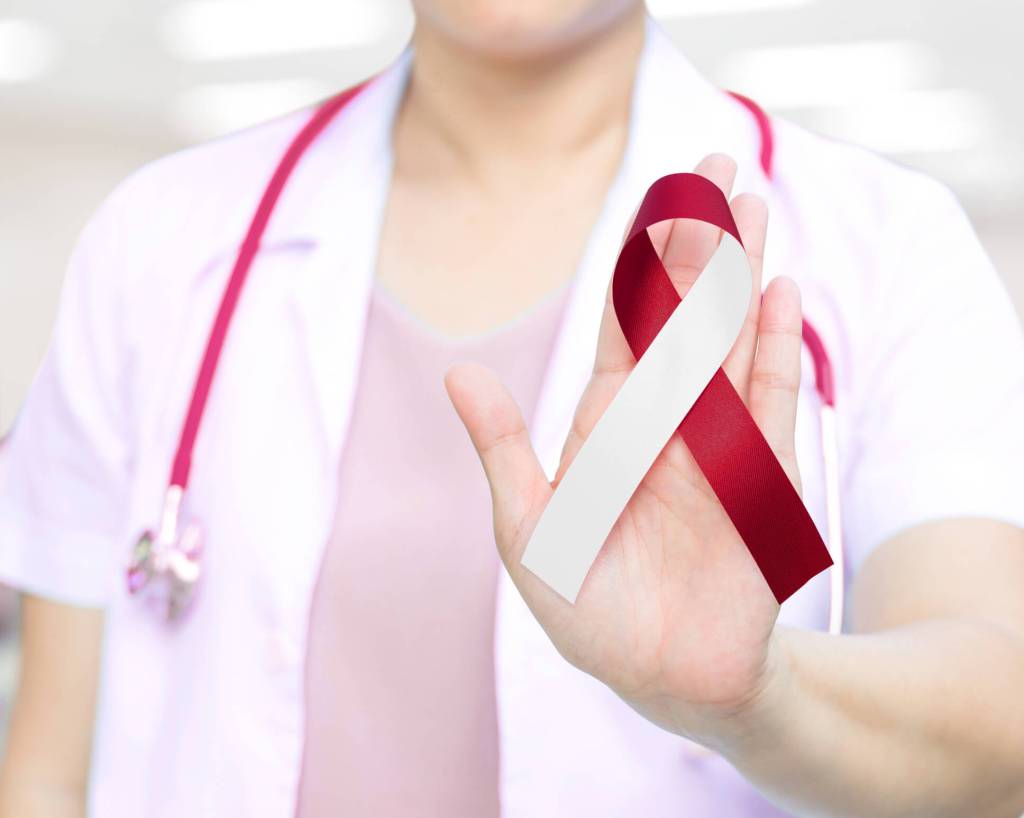Cancer is always a difficult topic to read about. But it’s important to know the signs and symptoms and monitor your health so that you can catch any potential problems early.
April is Oral Cancer Awareness Month, intended to raise awareness about the disease’s risk factors, diagnosis and treatment. According to the American Dental Association (ADA), oral cancer claims the lives of over 10,000 Americans annually, and early detection of oral cancer may result in better treatment outcomes. Self-checks for oral cancer, and screenings by your dentist during your regular checkups, are the best ways of identifying oral cancer early.
Symptoms of Oral Cancer
Signs and symptoms that can potentially indicate oral cancer include:
- An unexplained swelling, rough spot, crusty skin, or skin that looks damaged on the lips, gums, or other areas inside the mouth
- Furry-looking white, red, or white and red patches in the mouth
- Persistent sores in the mouth or on lips that do not heal within two weeks
- Unexplained sores in the mouth that bleed easily and are very slow to heal
- Numbness and pain in the mouth, face, or neck
- Difficulty swallowing, feeling that you have something stuck in your throat
- Sudden difficulties in chewing or swallowing, and/or in easily moving the jaw or tongue
- Long term sore throat, sudden change in your voice
- Ear pain
- A sudden change in how your teeth or dentures align
Please remember that the signs and symptoms listed above can be caused by conditions other than cancer. Talk to your dentist or other health care professional if you are experiencing any of these symptoms. Do not attempt to diagnose yourself.
A rule of thumb many dentists recommend is: if it doesn’t heal in 2 weeks, get it checked out.
How Is Oral Cancer Diagnosed and Treated?
An oral cancer screening can be performed during your checkup. Your dentist will look for lumps or other changes in your mouth as well as on your neck, head, and face. He or she will also look for discoloration and sores, along with asking you about the existence of the other symptoms listed above.
If your dentist spots anything that looks potentially problematic, he or she may perform a painless oral brush biopsy test on a small piece of tissue in your mouth, or may recommend that you get a scalpel biopsy.
Oral cancer, like other cancers, may be treated with surgery to remove the cancerous growth, followed by radiation therapy and/or chemotherapy.
Risk Factors for Oral Cancer
According to the American Cancer Society, men are twice as likely to develop oral cancer as women. Men who are over age 50 are in the highest risk group. Smokers, along with people who drink alcohol to excess, are six times more likely than nonsmokers and non-drinkers to develop oral cancer. Smokeless tobacco users are also in a high risk group.
But more than 25% of all oral cancers do occur in people who don’t smoke and rarely drink alcohol so don’t ignore symptoms if you fall into the “safe” group. A family history of cancer, and excessive sun exposure, also heighten your odds of developing an oral cancer.
How Can I Prevent Oral Cancer?
Don’t smoke, don’t drink to excess, and don’t use tobacco products. Use a good UV-A/B-blocking sun protective lotion or balm on your lips to protect them.
And see your dentist regularly. The early signs of oral cancer can be very difficult to spot on your own. Early detection is a strong factor in successful treatment.
If you’ve been putting off your regular dental checkups due to cost, consider a dental savings plan. Dental savings plans, alternatively known as dental discount plans, are an alternative to dental insurance. Plan members report saving an average of 50%* on their dental care.
Unlike dental insurance, dental savings plans do not have deductibles, waiting periods, or annual limits. Plan members receive a discount at the time of treatment, so there’s no need for claim forms or lengthy approval processes. Many plans also come with other wellness savings, such as discounts on prescription drugs, hearing, vision, and chiropractic care, as well as telehealth services.
Want a quick look at what you can save on your dental care? Use our calculator below. For personalized plan recommendations, explore DentalPlans.com’s plan finder tool or give us a call at 1-833-735-0399.
*Discount Health Program consumer and provider surveys indicate average savings of 50%. Savings may vary by provider, location, and plan.

 Login
Login
